A silver gilt mermaid rattle and whistle.
Spanish, 17th century.
Measures 19 x 7.5cm.
Amulets were worn by men, women and children throughout southern Europe in the 19th century. Before the development of modern medicine, fevers, cramps and toothache could be painful and dangerous. Childbirth could kill mother or child. Many people believed that the supernatural powers embodied in an amulet could promote fertility and good health and offer protection against malign forces or the ‘evil eye’. Although the Catholic Church was opposed to the pagan nature of many amulets, it was powerless to prevent their use.
Amulets in the form of a mermaid, or sirena in Spanish, had been used in Spain since the 17th century. The noise of the bells hanging along the lower edge would help to frighten off any evil spirits.
The mermaid's mirror was linked to both Christian moral and didactic messages (vanity as a mortal sin, a dangerous temptation for the soul) and to a broader mythical content (the mirror as soul-gazing instrument, the connection to death through looking behind). In medieval France the mermaid also merged with the symbolism of motherhood.
For a similar but later example of a mermaid blowing a trumpet see; The collection of the Victoria & Albert Museum, London, Accession No. 1125-1871.
For a portrait of a young boy wearing a similar whistle but in the form of a horn see; Old Master Paintings & Sculpture Online, Christies, London, 17 Dec 2020, Lot 209, Portrait of the Infante Felipe Próspero, Prince of Asturias (1657-1661).














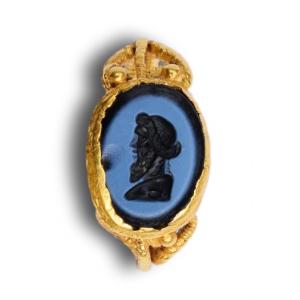


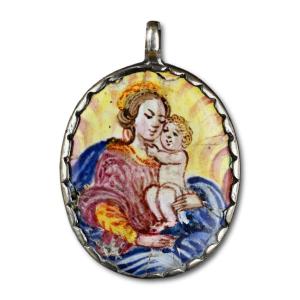
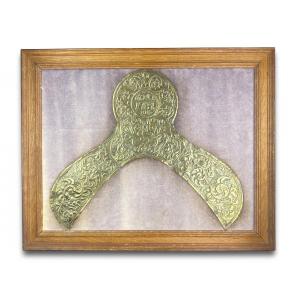
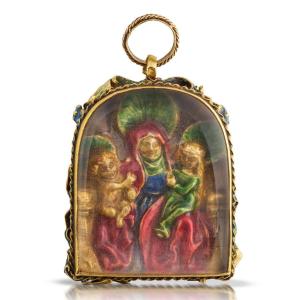
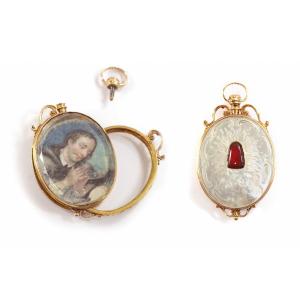

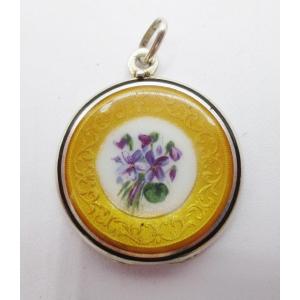
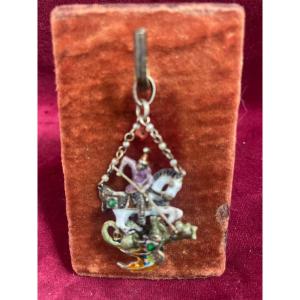
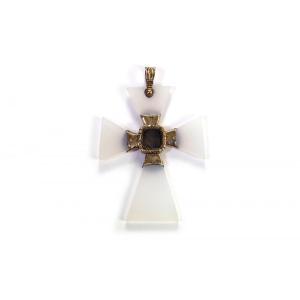




 Le Magazine de PROANTIC
Le Magazine de PROANTIC TRÉSORS Magazine
TRÉSORS Magazine Rivista Artiquariato
Rivista Artiquariato
